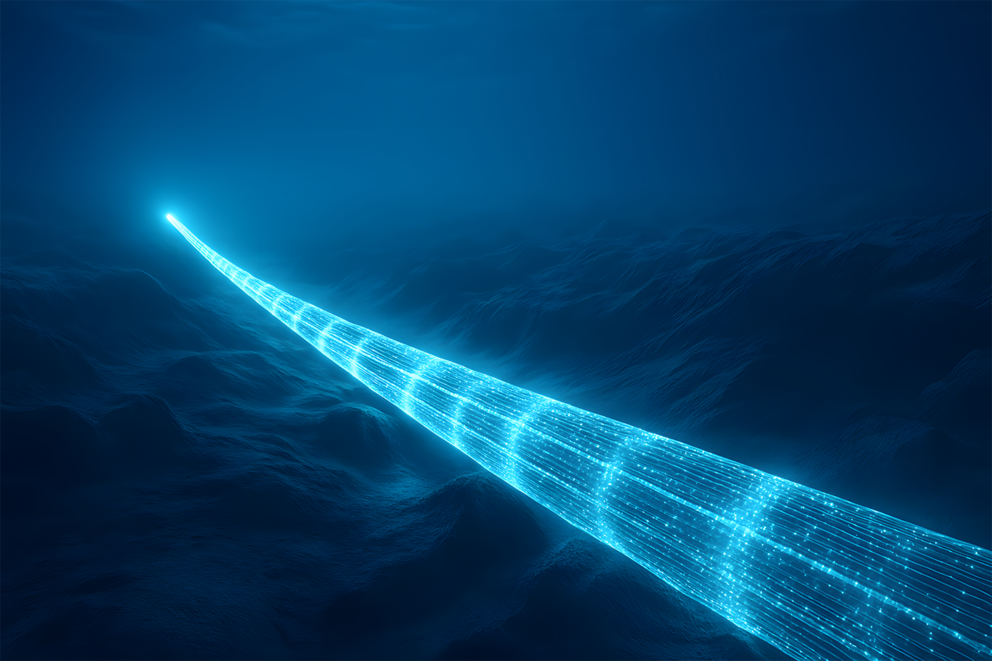News
UNIDIR study: A resilience model for critical submarine cable infrastructure
A study by the United Nations Institute for Disarmament Research (UNIDIR), which included ATHENE scientist Jonas Franken from TU Darmstadt, has developed the first systematic resilience model for protecting submarine cables as critical infrastructure. The 'Achieving Depth' model categorises government protection measures into three capacity areas, enabling states and operators to identify vulnerabilities and optimise protection strategies in a targeted manner.

The three-component model distinguishes between absorptive capacity for damage prevention, restorative capacity for efficient repair processes and adaptive capacity for learning systematically from incidents.
Absorptive measures, such as Australia's preventive cable laying approval system and France's central cyber security monitoring, proactively minimise risks. Restorative approaches, such as Japan's coordinated cable ship networks following the Fukushima tsunami and Singapore's redundant cable architecture, demonstrate the importance of rapid damage repair.
Examples of adaptive capacities include the EU-wide introduction of the NIS2 Directive, joint risk analyses following incidents in the Baltic Sea and the UK's development of its own cable protection guidelines and innovative deep-sea sensor technologies post-Brexit.
Systematically collecting international best practices contributes to developing a comprehensive "Cable Security Toolbox", as submarine cables carry almost 100 per cent of global intercontinental data traffic and thus play an essential role in global communication infrastructure.
The study is available for download here: https://unidir.org/publication/achieving-depth-subsea-telecommunications-cables-as-critical-infrastructure/
to our press release (in German)
show all news
